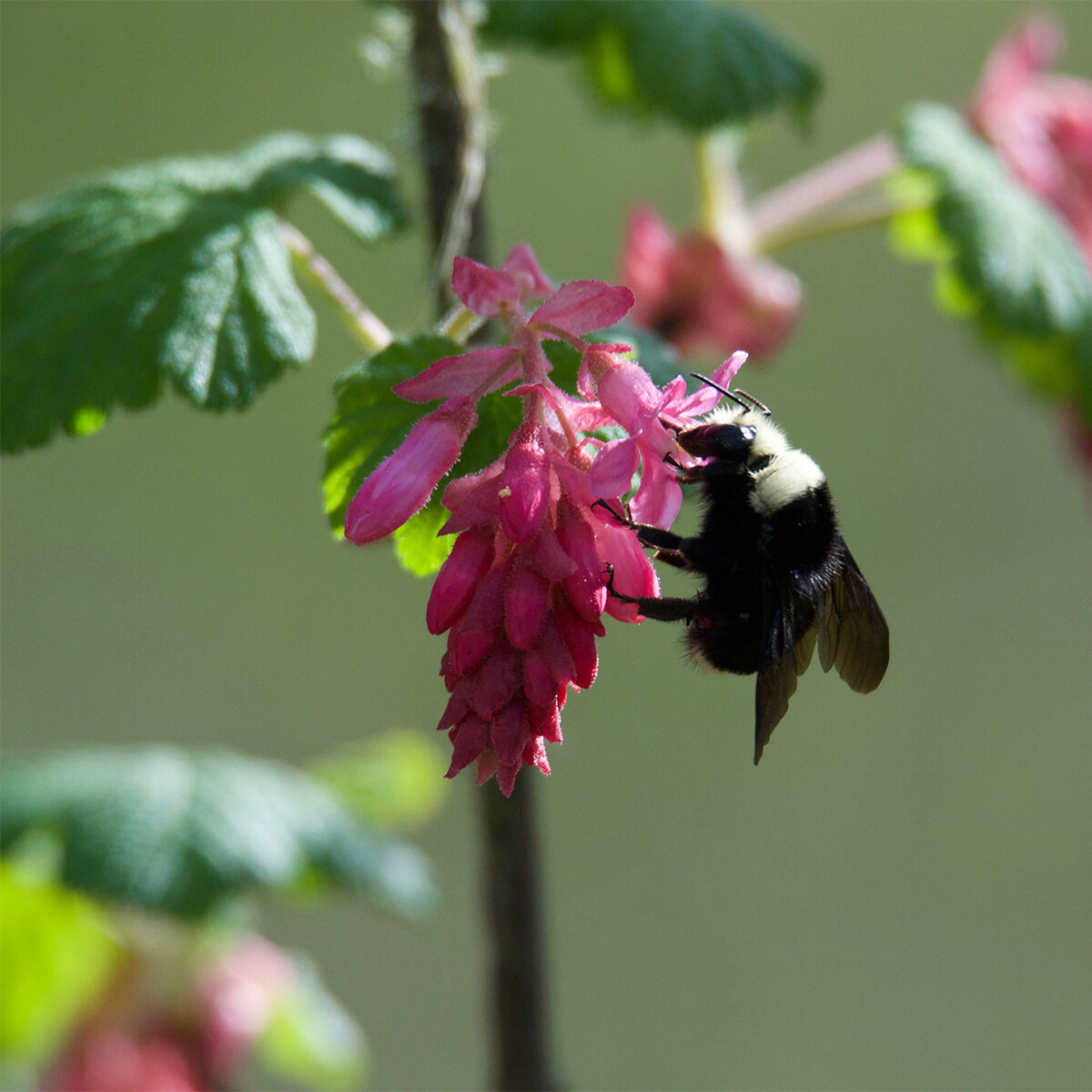This beautifully flaming-red dragonfly looks like it was born from the breath of fire. Darting about the wetlands, it liked to perch on the oxidizing cables of the bridge over the lily pond.
Dragonflies are amazing fliers. They seem to be darting in every direction as they sweep the landscape catching insects and/or guarding their territory.
According to the Smithsonian, dragonflies are the fastest flying Insect as they are known to travel at the speed of 35 miles an hour. Coupled with their speed is their incredible maneuverability. Each of their four wings is controlled by separate muscles which allows them to swiftly change course in any direction or hover in place.
The adults have eyes that cover most of their head which gives a great range of sight for detecting prey and predators.
Both the aquatic nymphs and the flying adults are skilled at catching insects. They are known to eat many mosquitos — the dragonfly would have been a fitting tattoo and totem animal for my dad who cursed “the bloodsucking varmints,” especially when he was fishing.






































